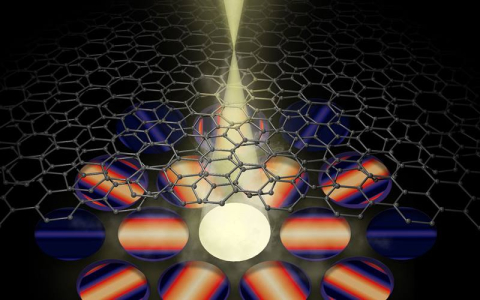
A new microscopy technique measures atomic-level distortions, twist angles, and interlayer spacing in graphene.
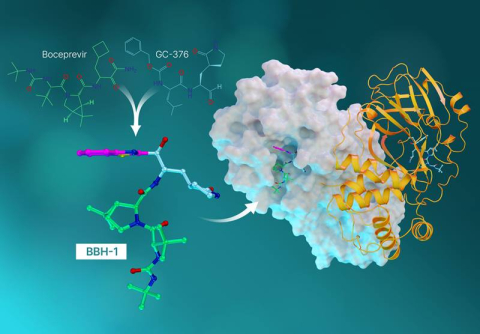
Solving atomic structure and binding for improved antiviral drugs.
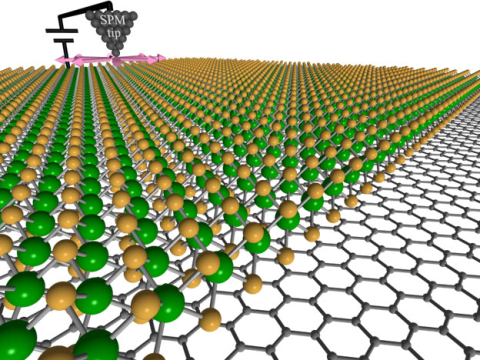
Machine learning and artificial intelligence accelerate nanomaterials investigations.
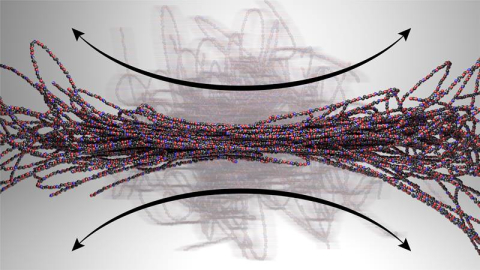
New computational methods “fingerprint” polymer motions under flow.

Crystalline nanoribbons synthesized to resonate with infrared light for imaging, sensing, and signaling pass a crucial test.
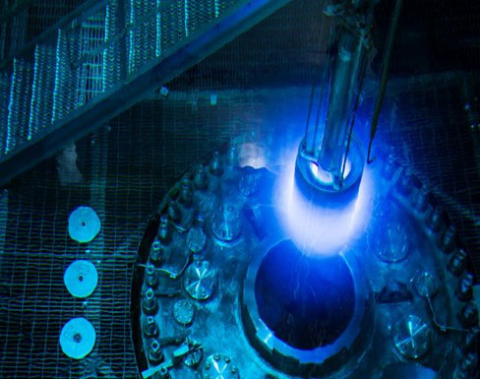
Experiment at Oak Ridge National Laboratory’s High Flux Isotope Reactor precisely measures the antineutrino energy spectrum.

New tools borrowed from quantum computing will improve the detection of X-rays and gamma-rays.
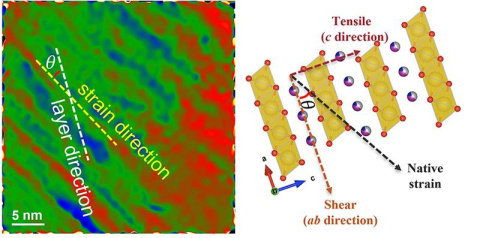
Understanding defects paves the way for longer lifetimes for sodium-ion batteries -- and lower energy storage costs.
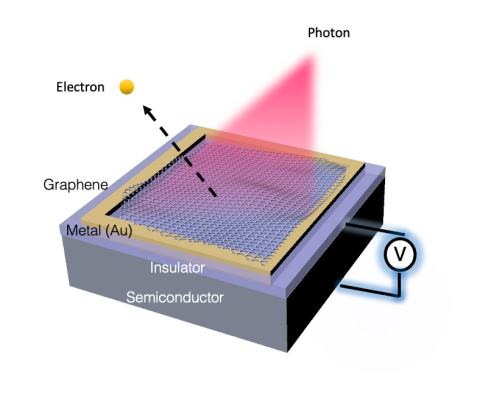
A graphene-insulator coating enables scientists to tune the energy required to liberate electrons from semiconductors.
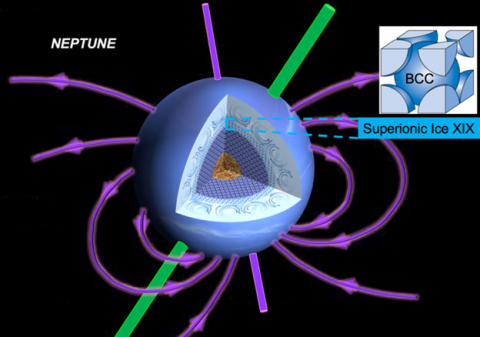
Ultrafast X-ray studies reveal the existence of Superionic Ice XIX, which could explain the unusual magnetic fields of icy giant planets.

